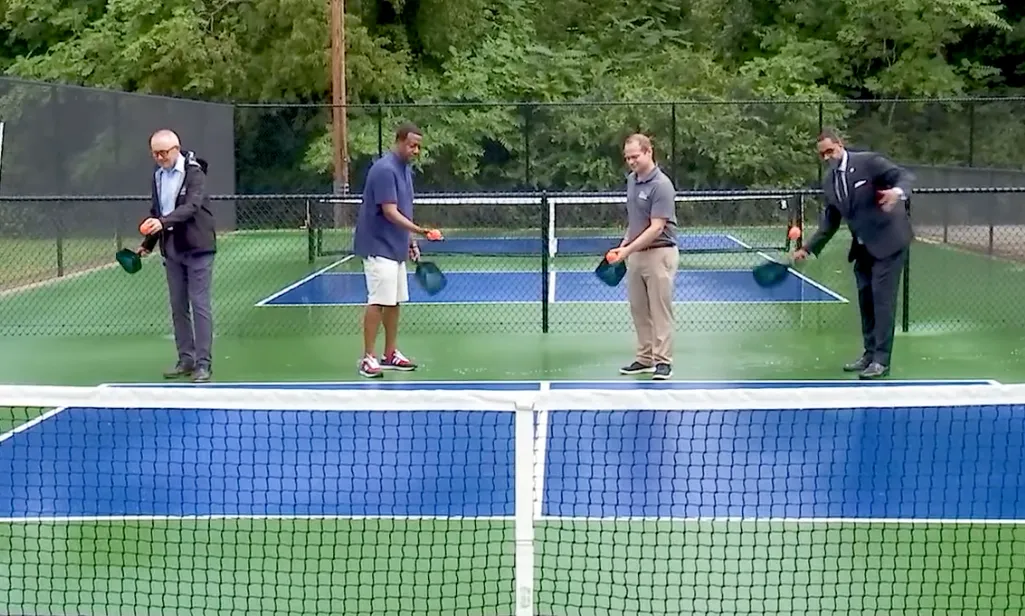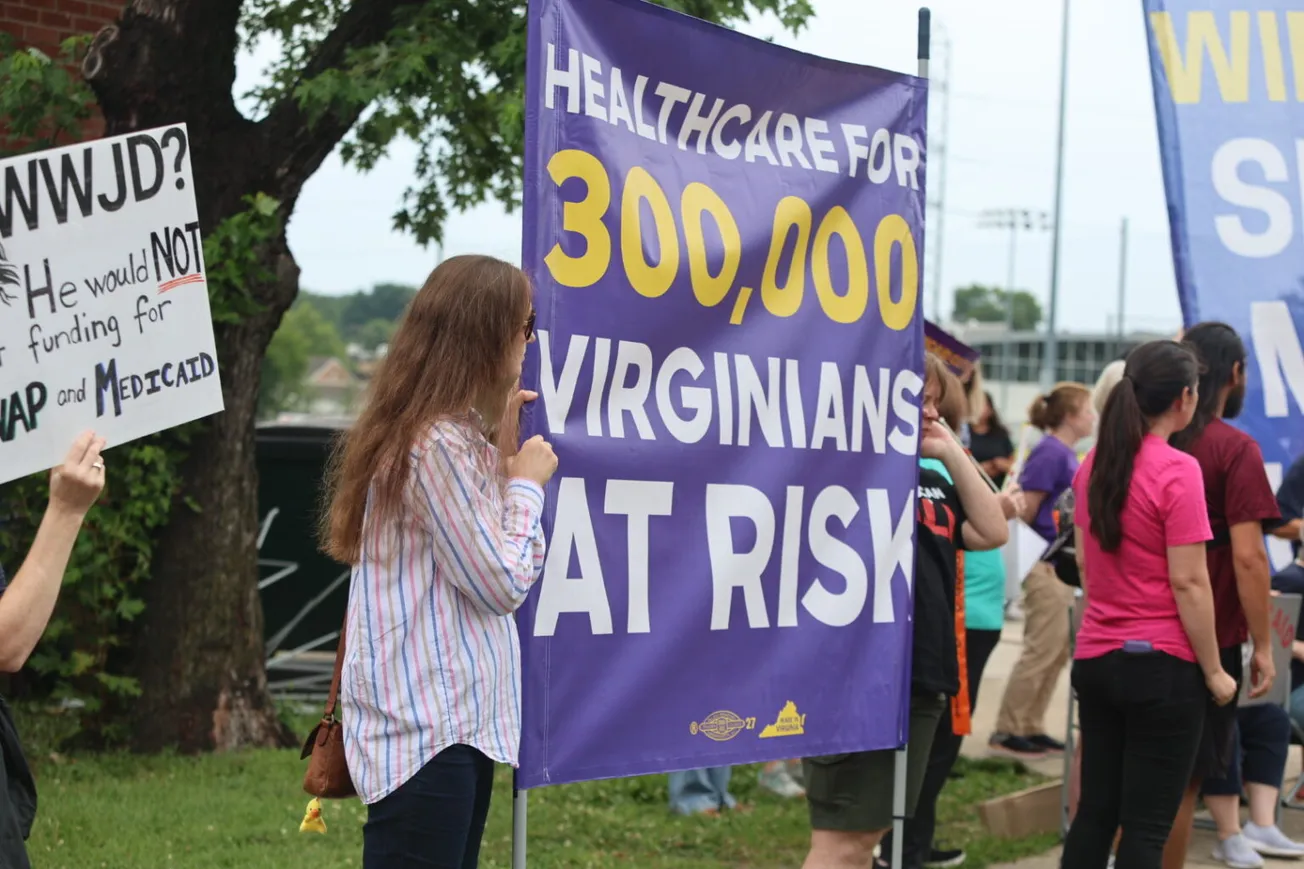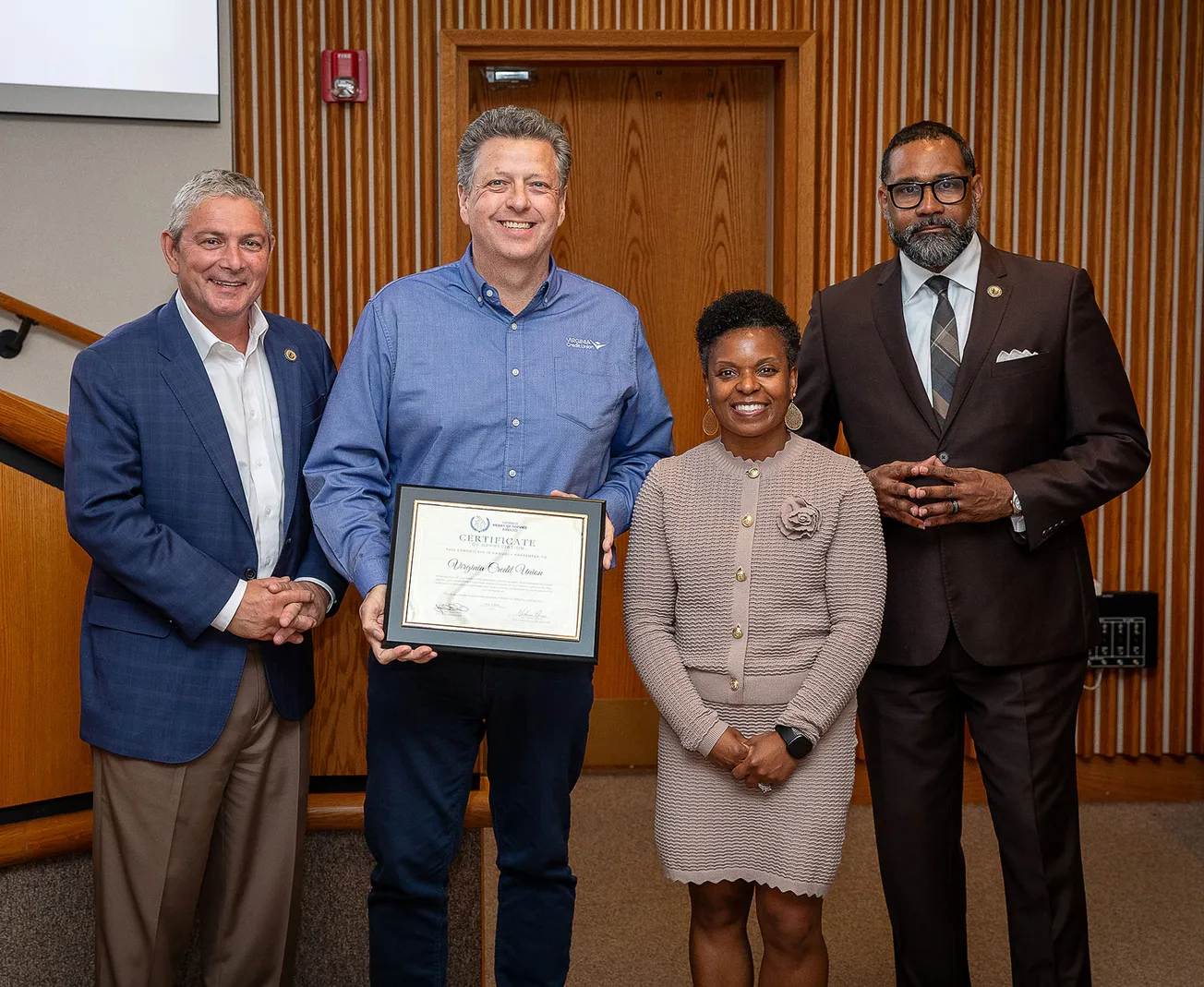Related

Henrico opens new pickleball courts in Sandston after more community demand
Henrico County opened four new pickleball courts at Elko Recreation Area in Sandston July 7, bringing the total number of pickleball courts operated by the county to 44 as the sport gains more popularity. County officials celebrated the new courts with a ceremonial “first serve” at the park, which is
Click here to read more
Joint cannabis commission holds first meeting amid push for regulated market
Supporters say equity and small business must be central as Virginia prepares to reintroduce retail marijuana legislation
Click here to read more
As partisan disputes boil, it’s still unclear how new federal law will impact Medicaid in Virginia
Virginia Democrats say over 300,000 could lose Medicaid coverage after the ‘big beautiful bill’ was signed into law but Republicans say far fewer will; the true impact remains to be seen, analysts say
Click here to read more
Virginia Credit Union receives Henrico's 'Heart of Service Award'
Virginia Credit Union recently received the Henrico County Department of Outreach and Engagement’s inaugural Heart of Service Award, in recognition of the credit union’s volunteerism and community service efforts. VACU employees have volunteered 993 hours to various community causes this year, with dozens of other volunteer initiatives planned.
Click here to read more